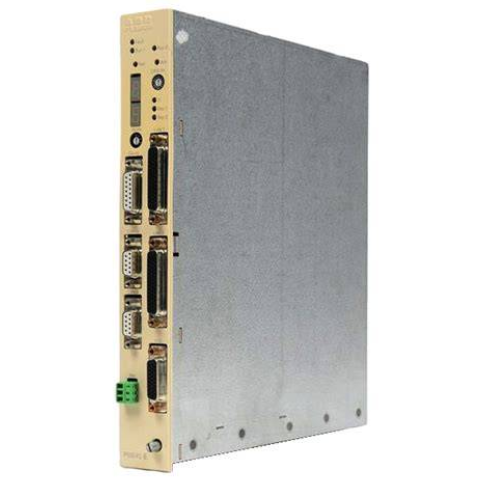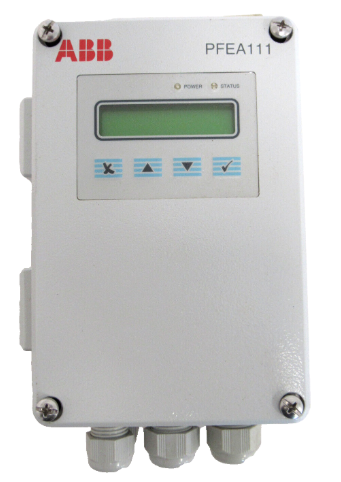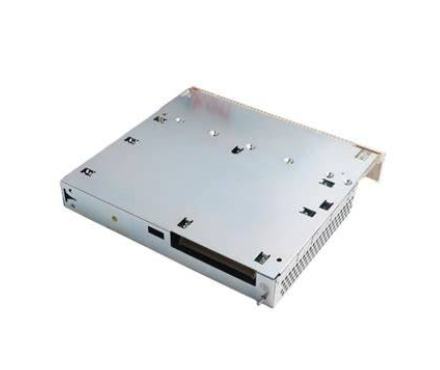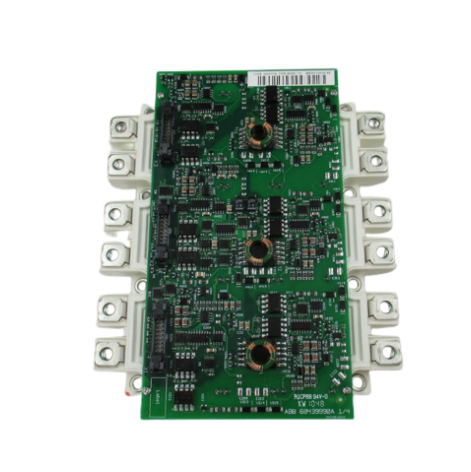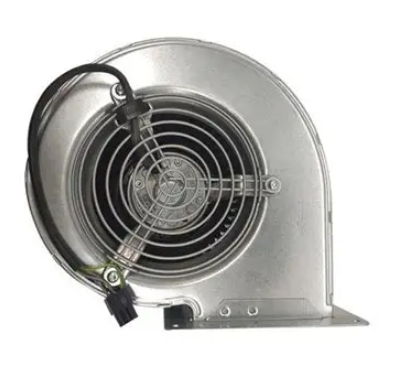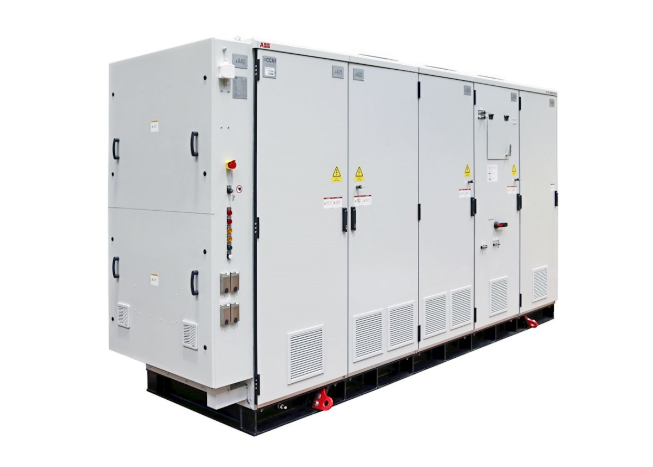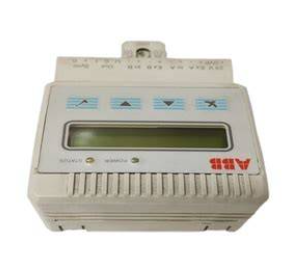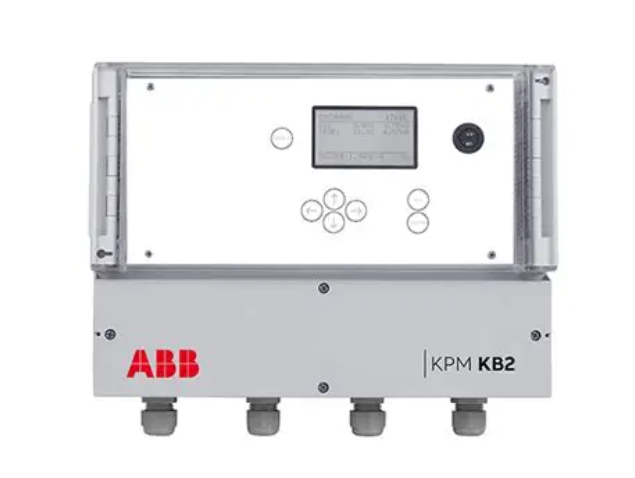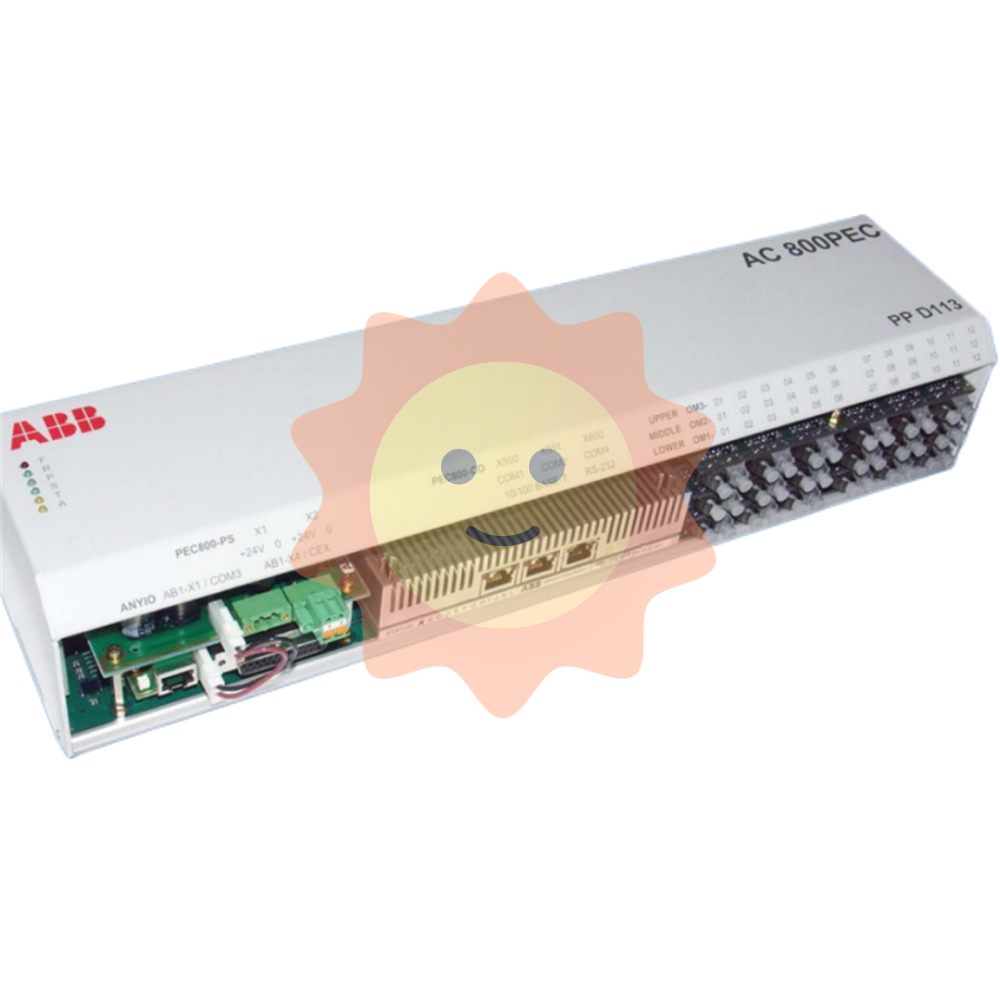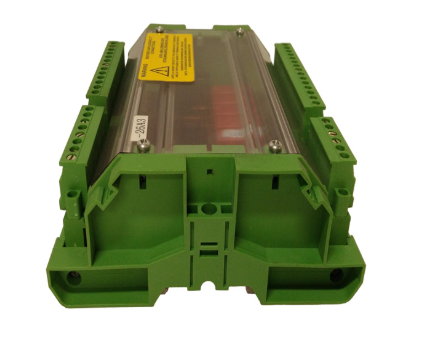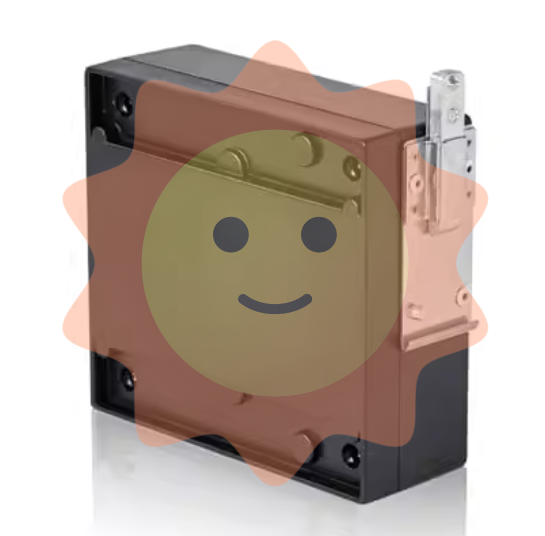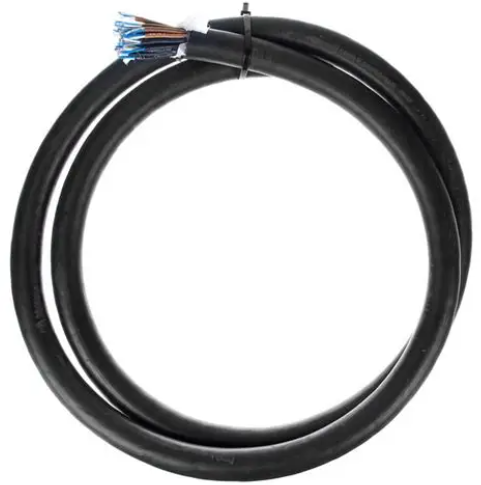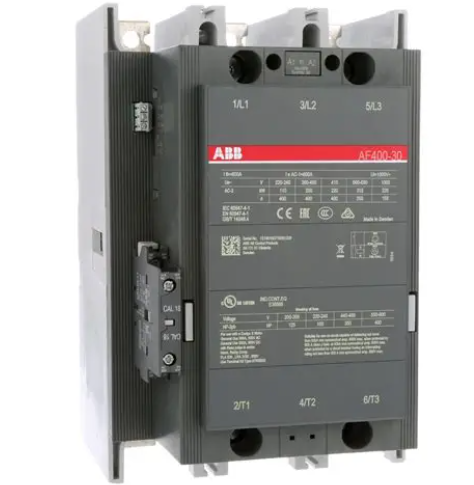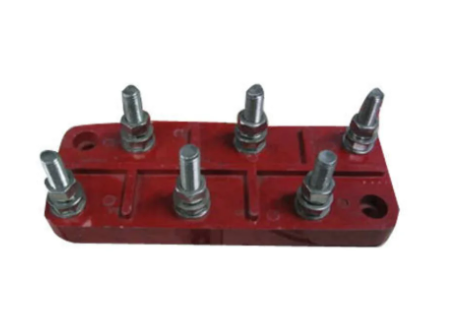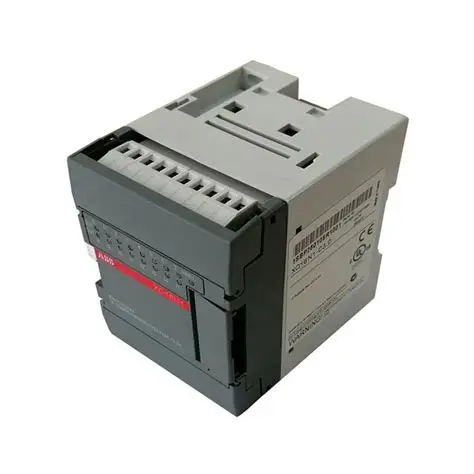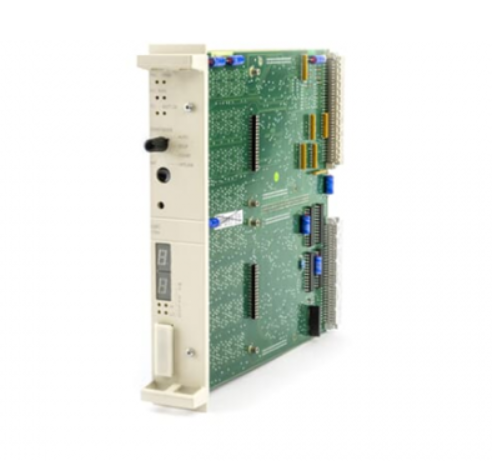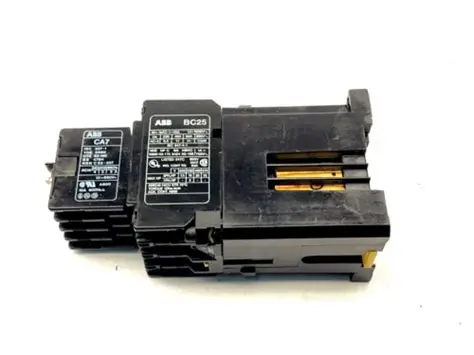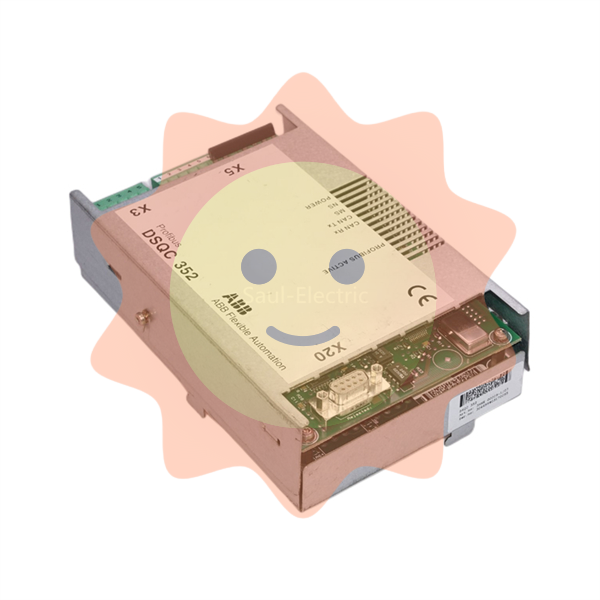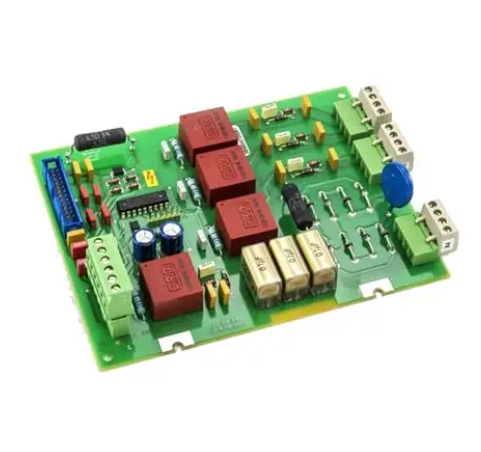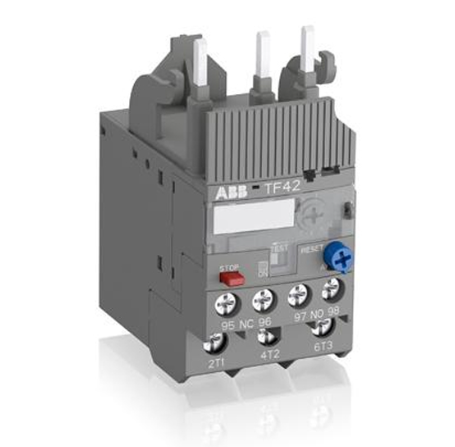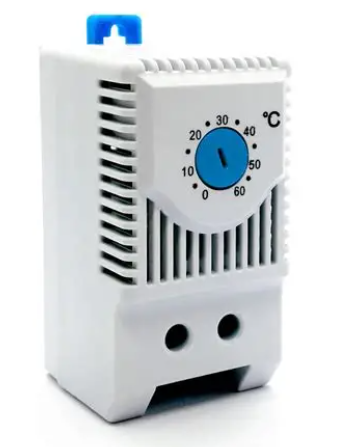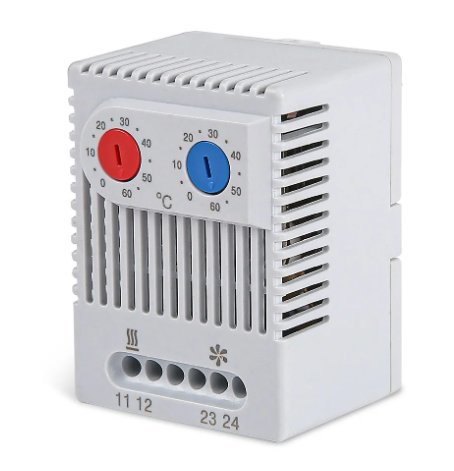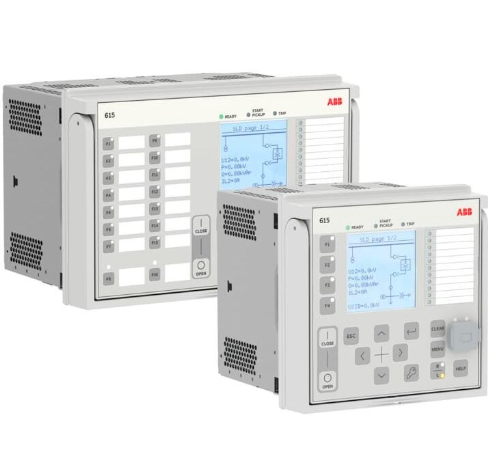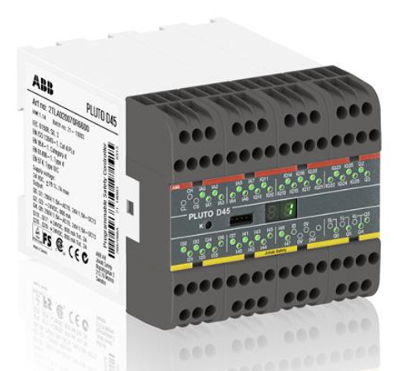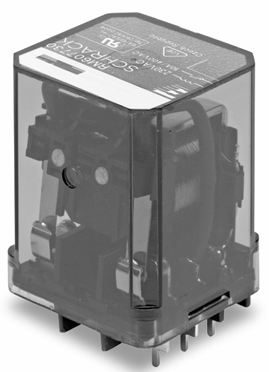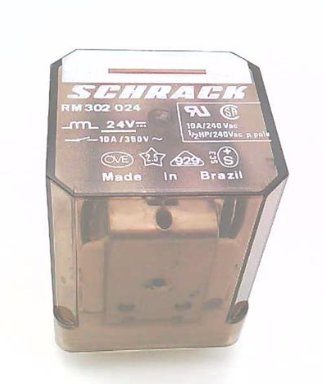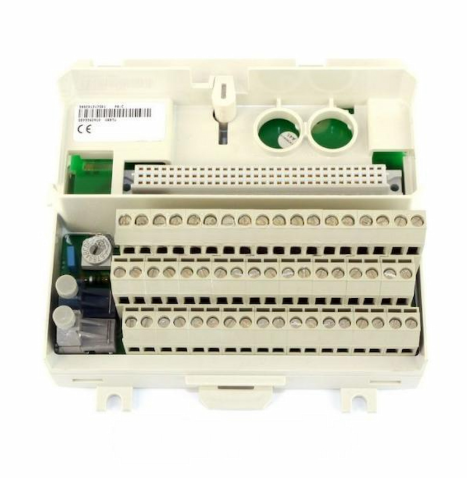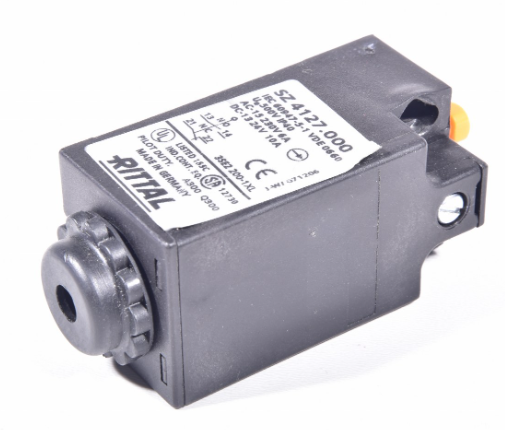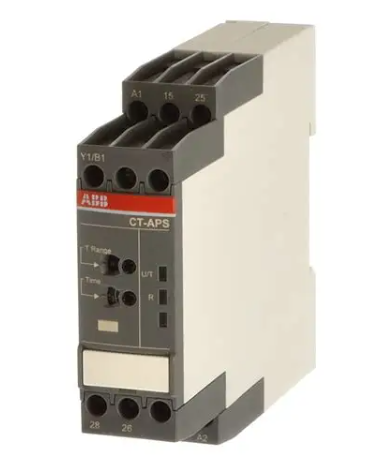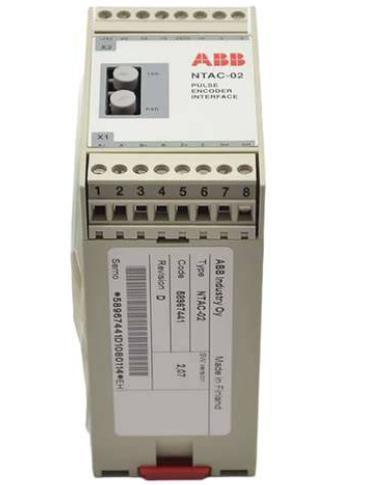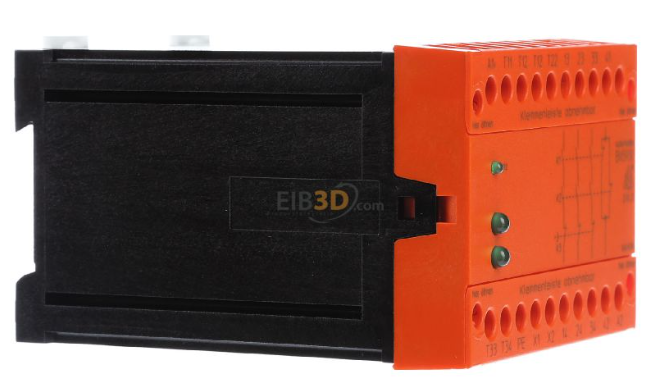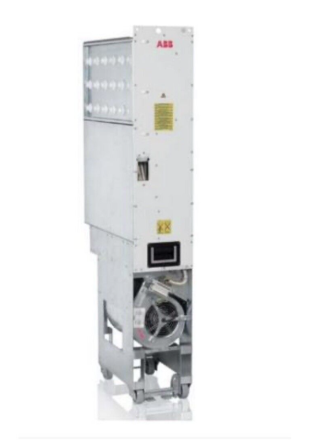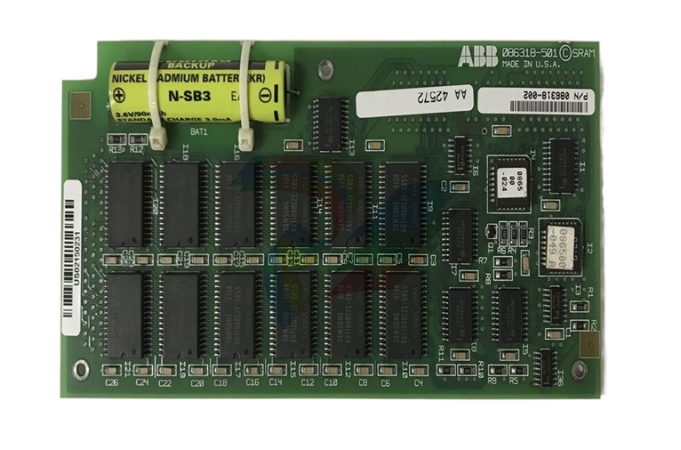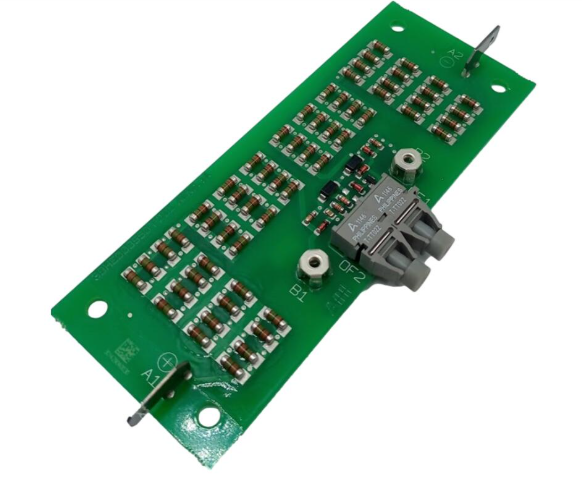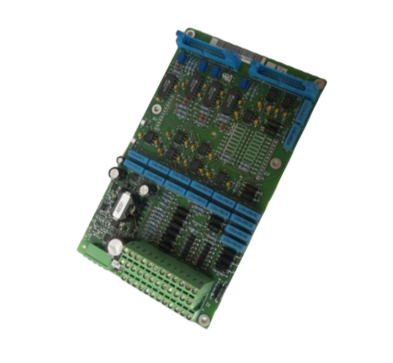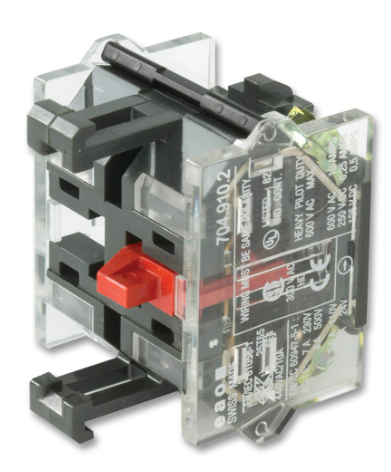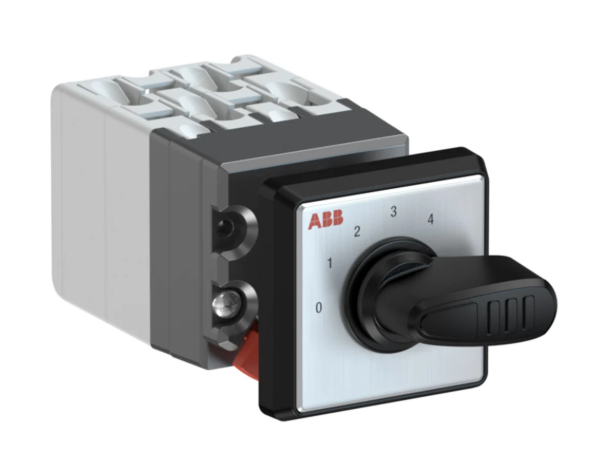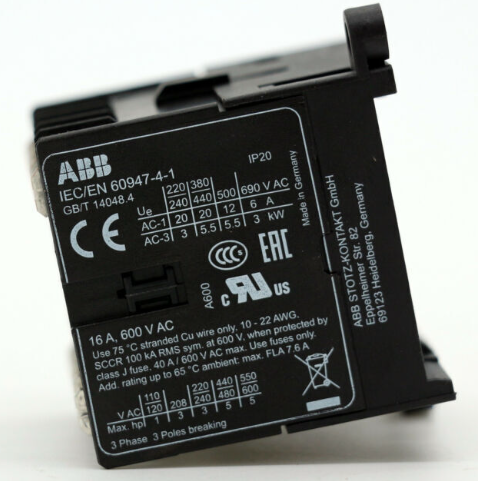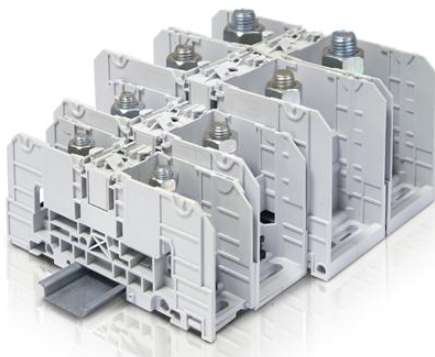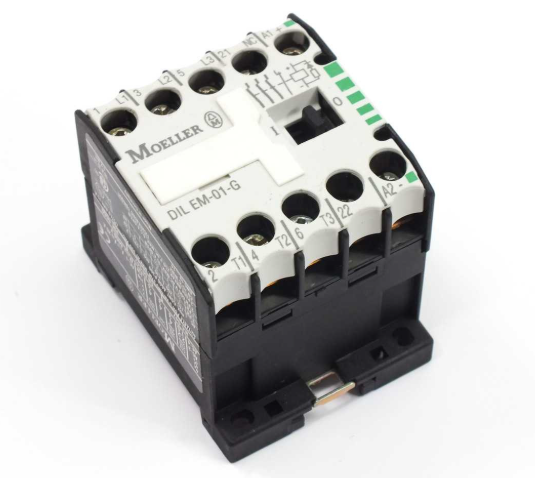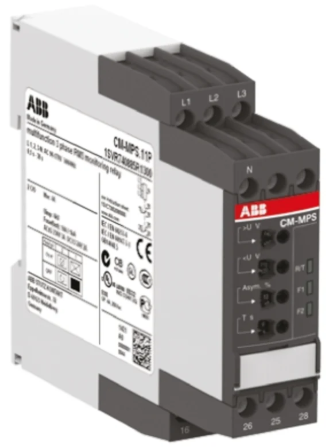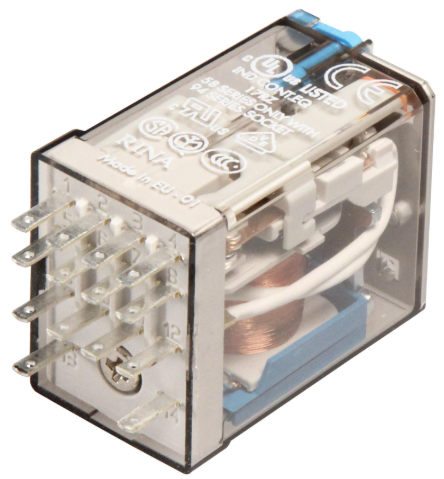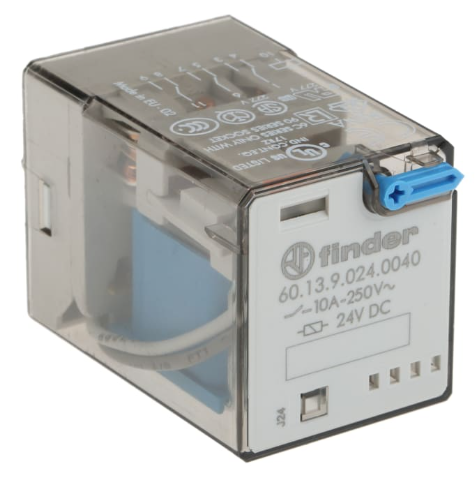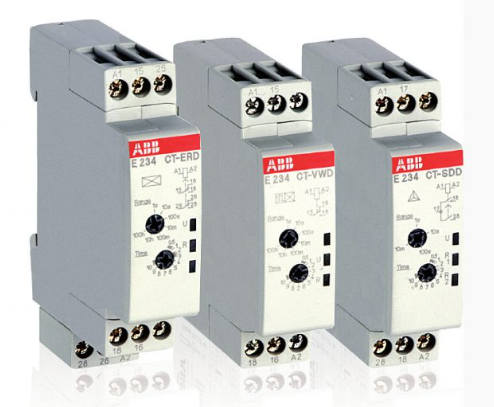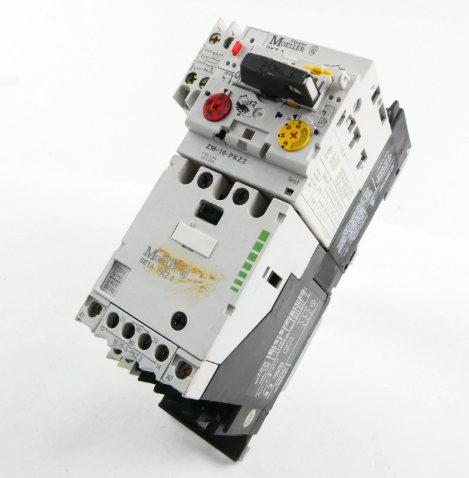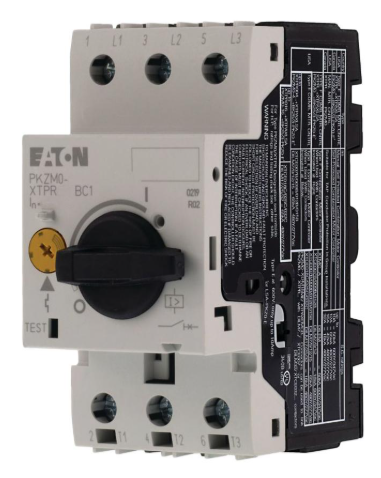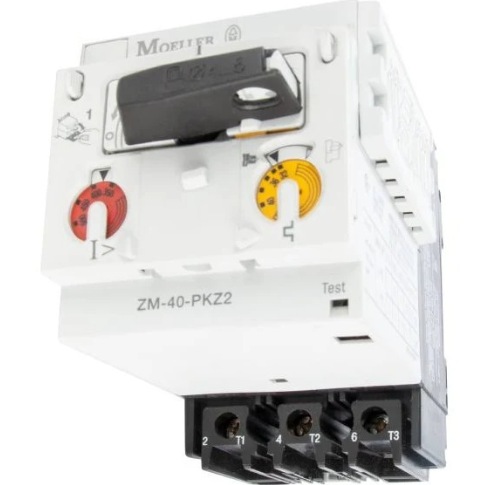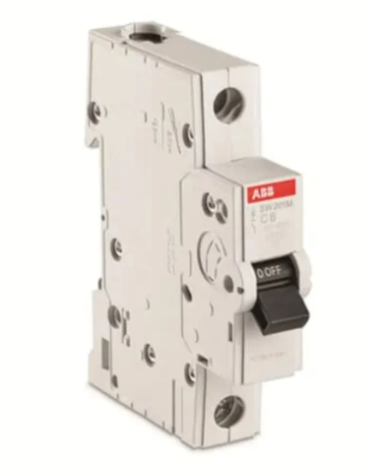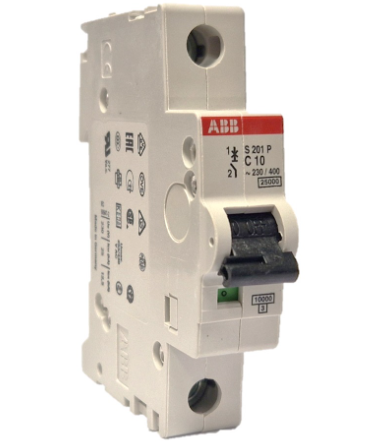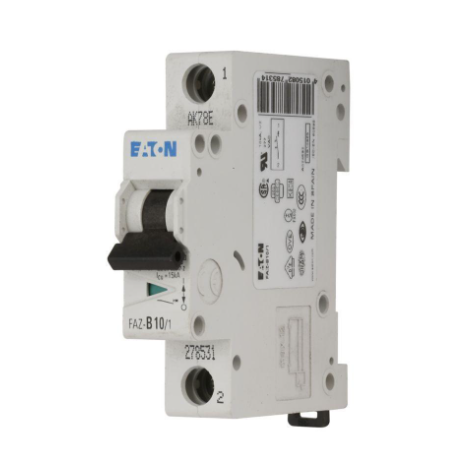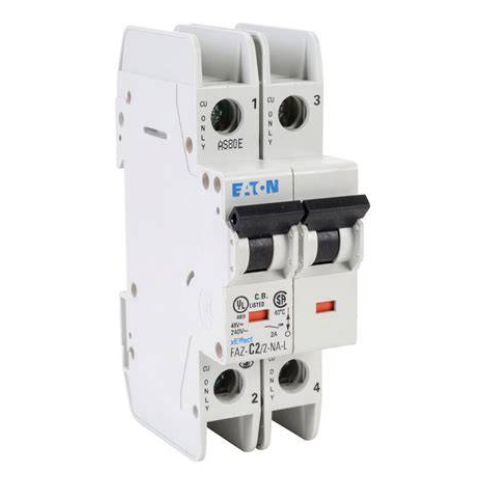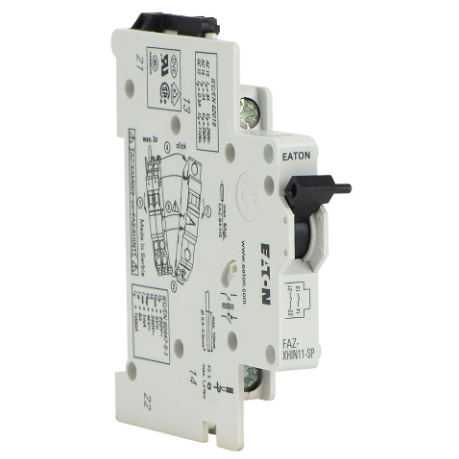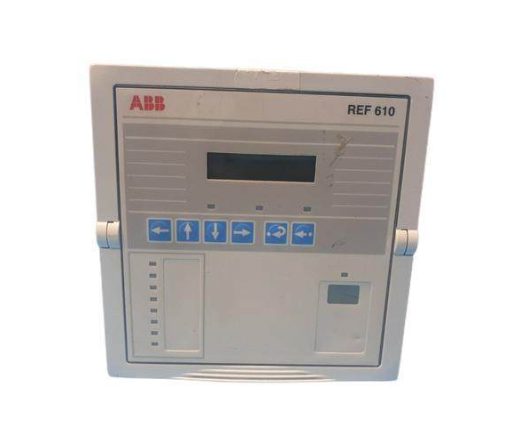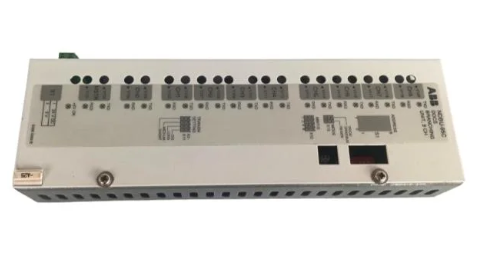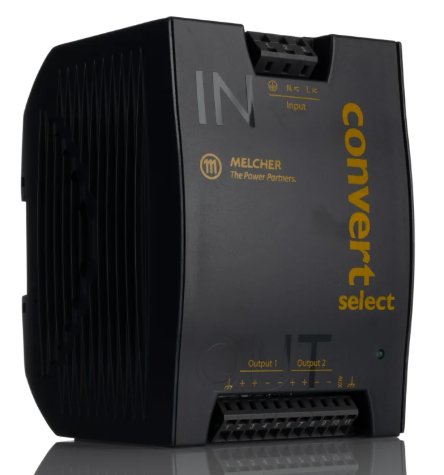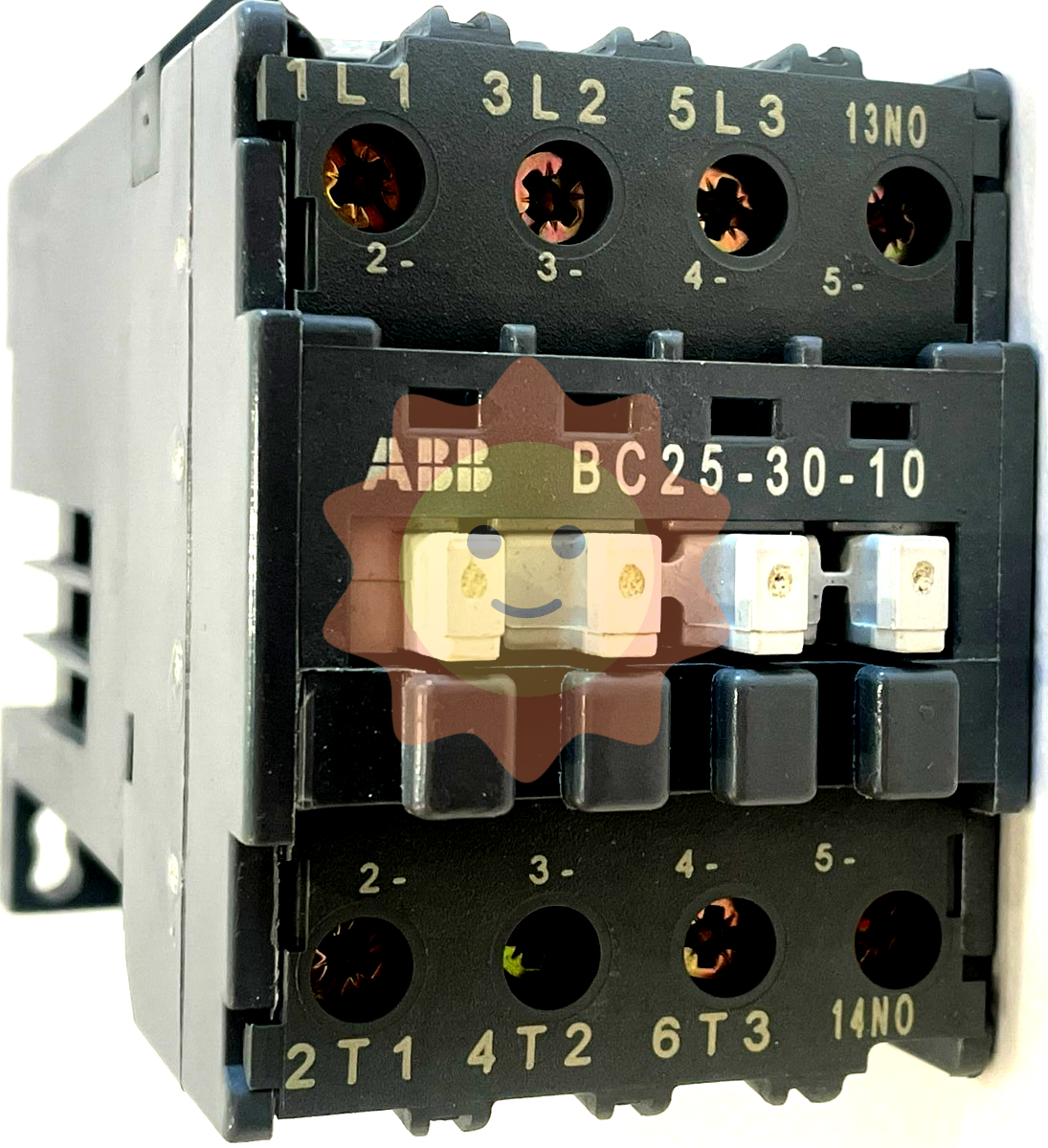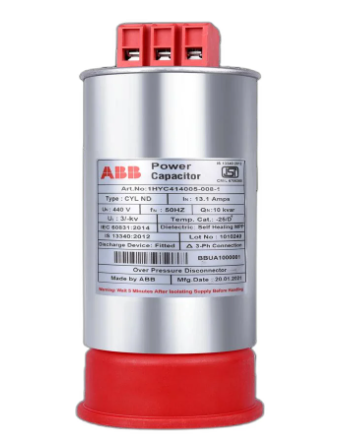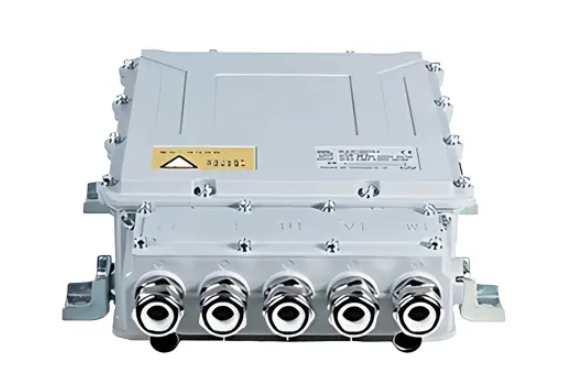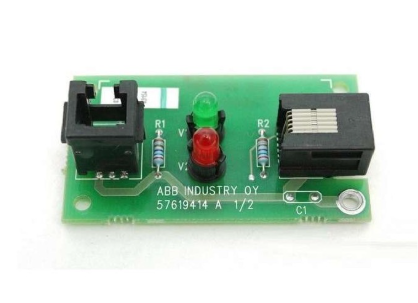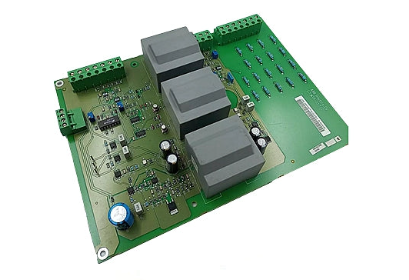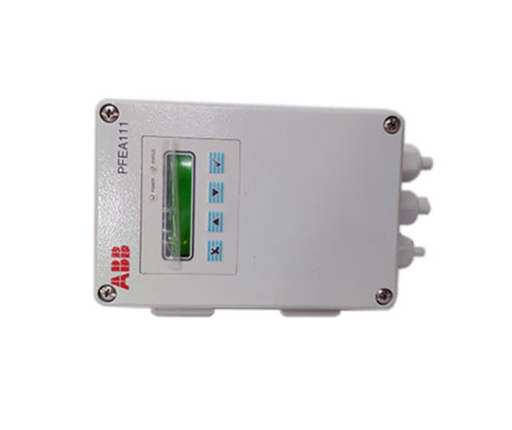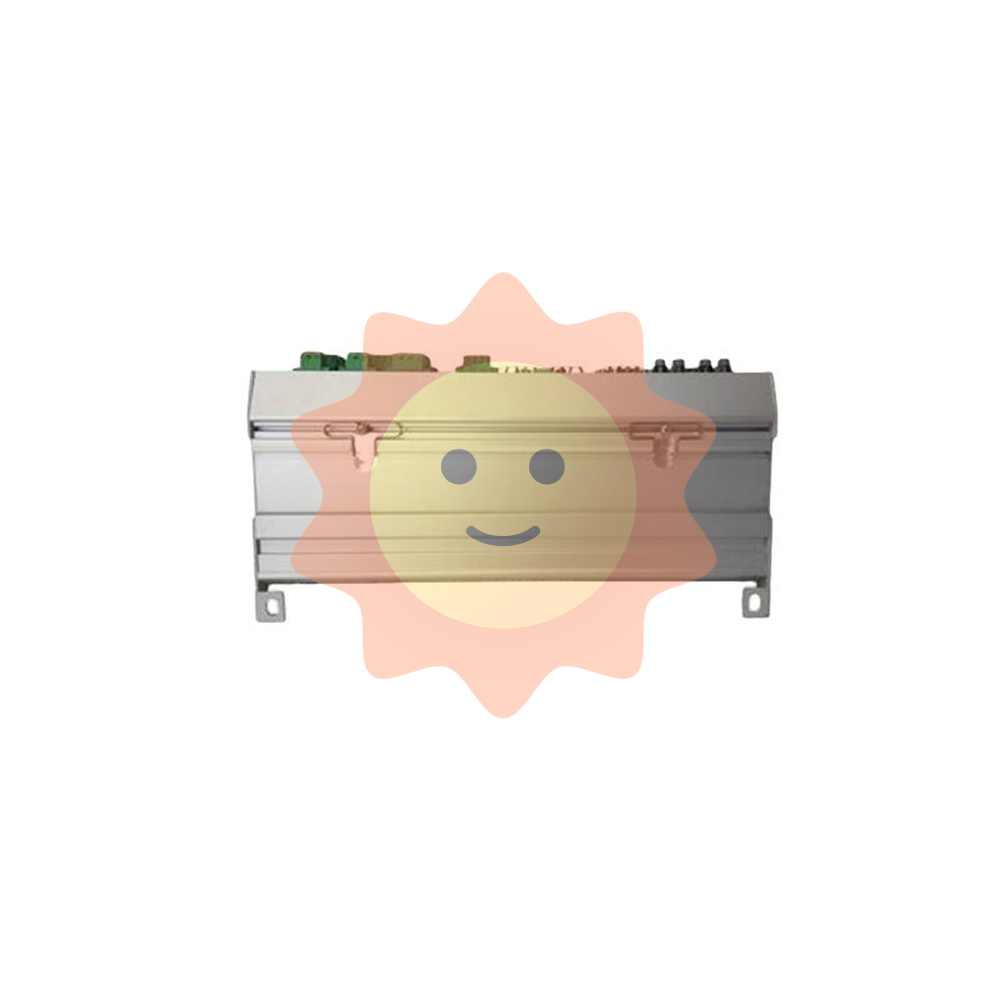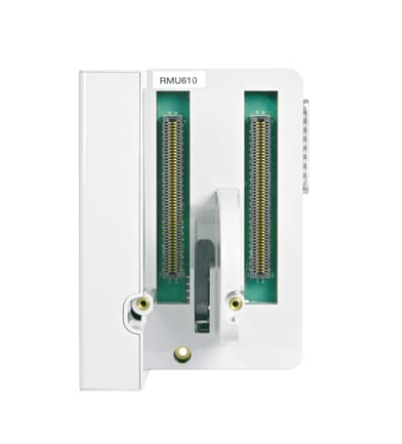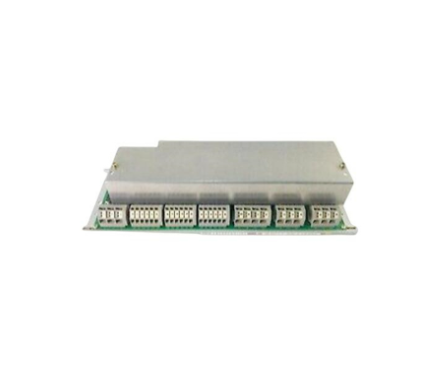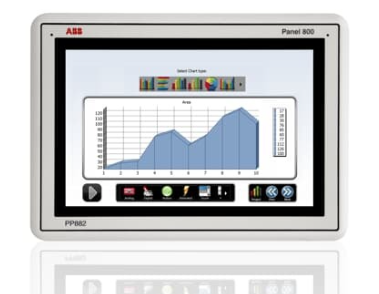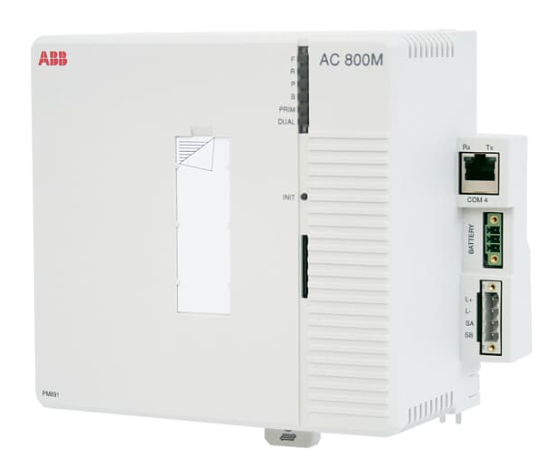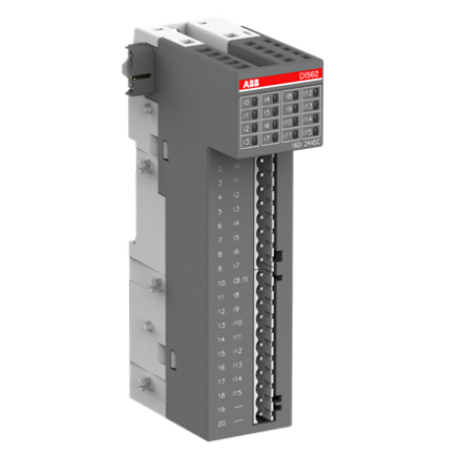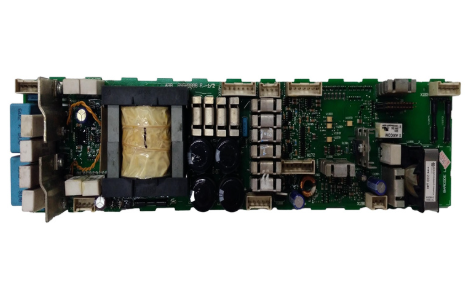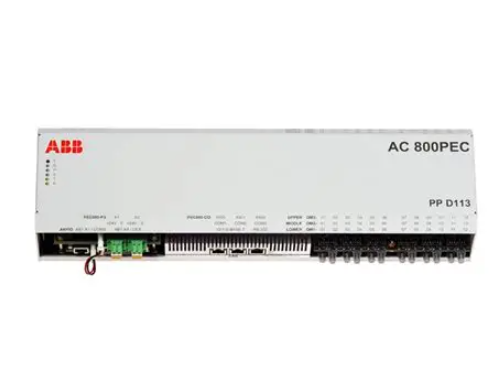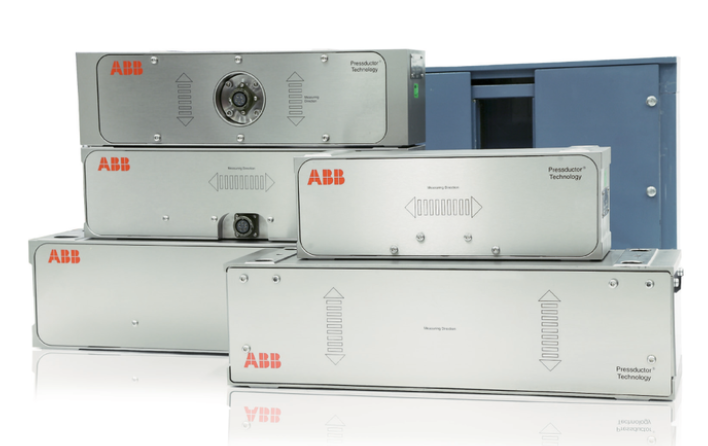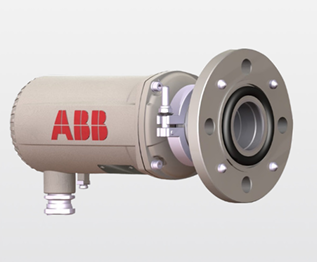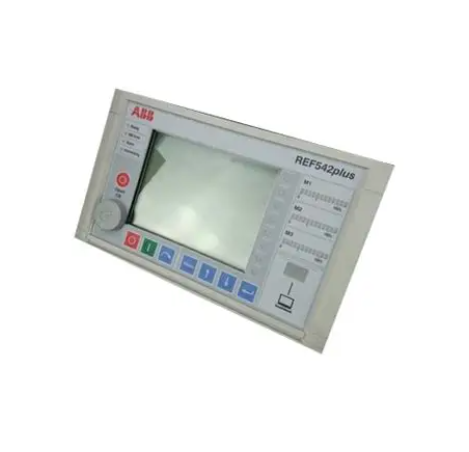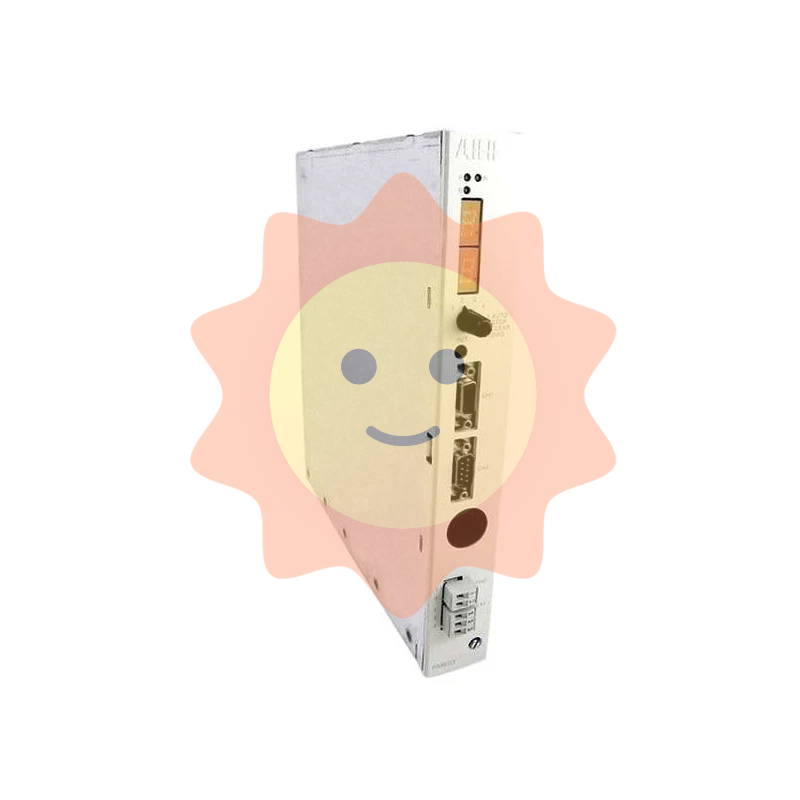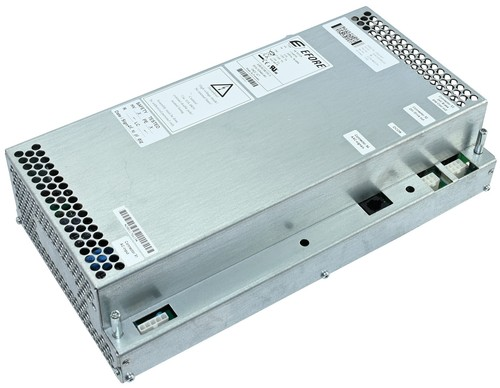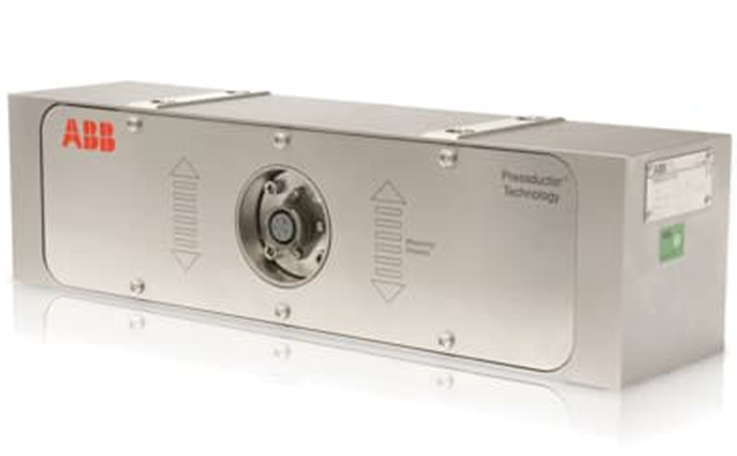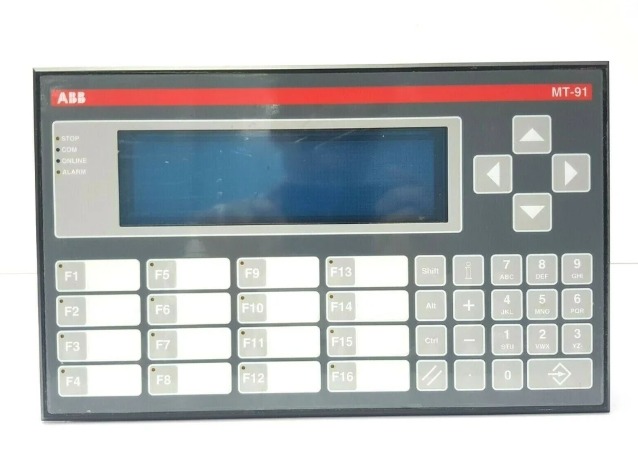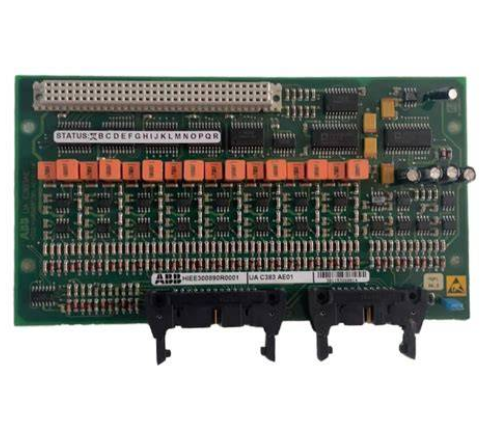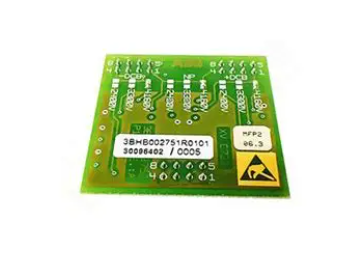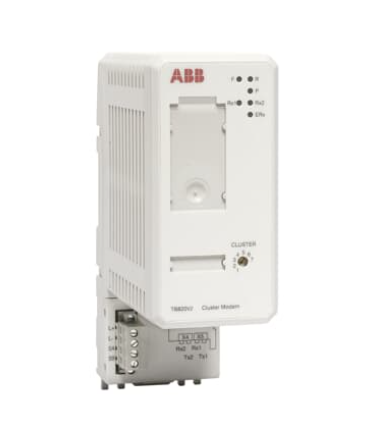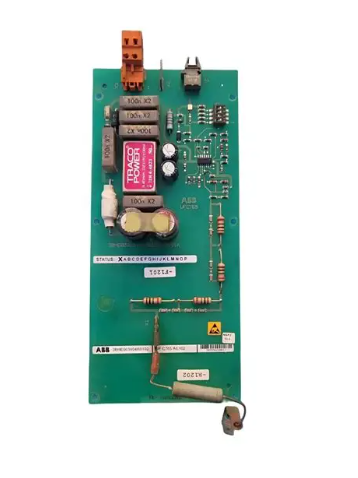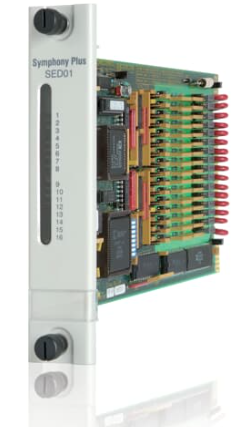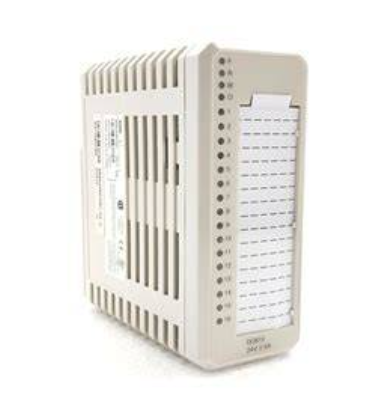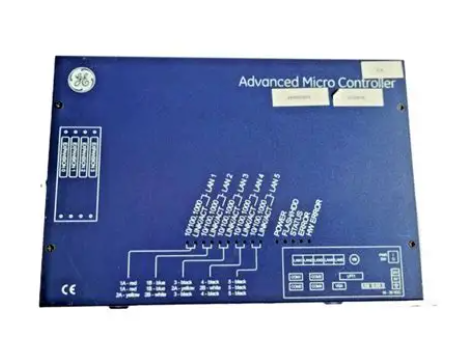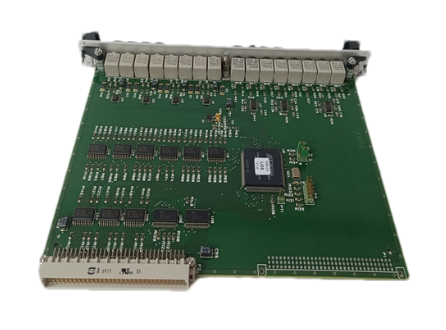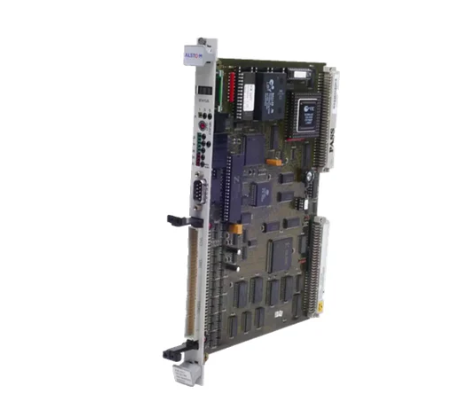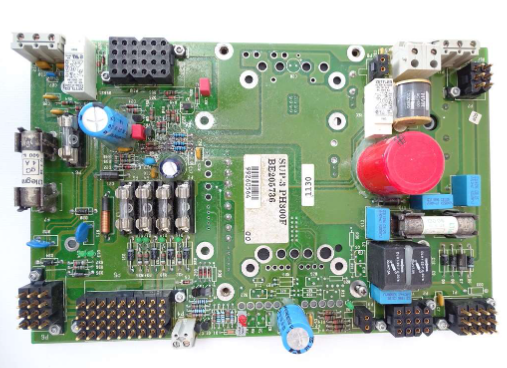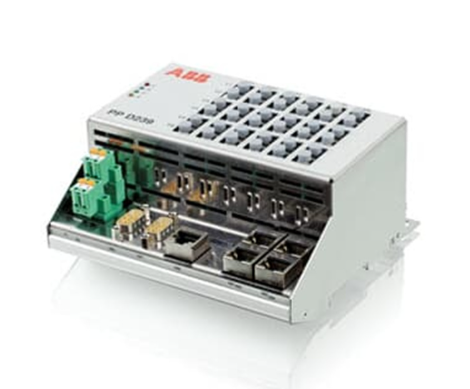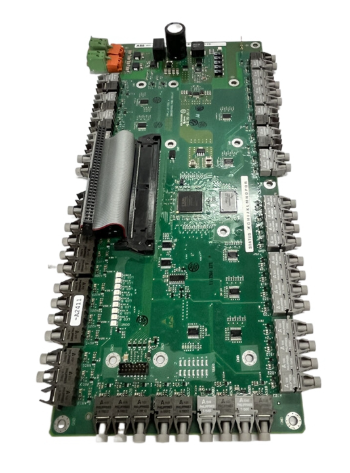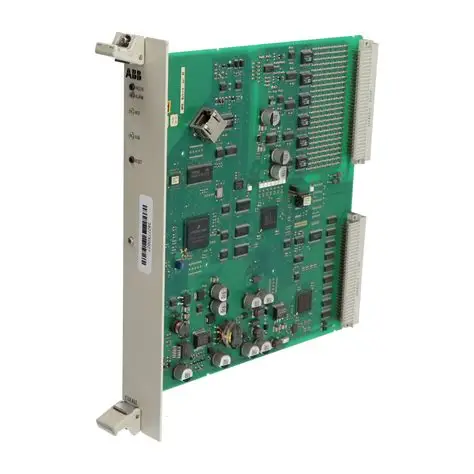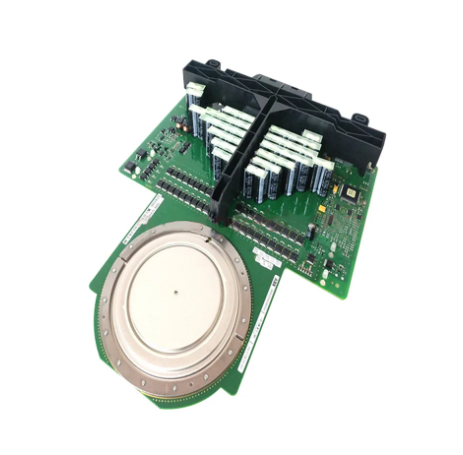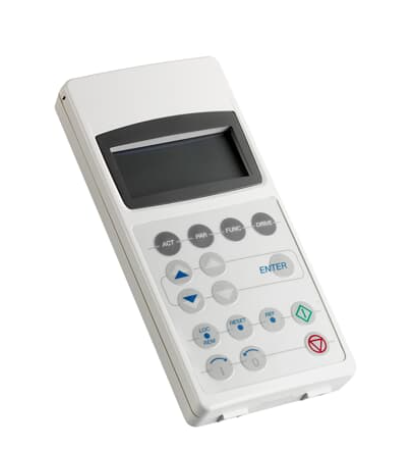ABB PFCL201C 10KN Tension Controller
Model analysis:
PFCL201C: Product series model, representing ABB's tension controller product line;
10KN: The maximum tension control range is 10 kilonewtons (approximately 1000 kilograms of force), suitable for medium to high tension demand scenarios.
The signal cable between the controller and the sensor needs to be shielded and kept away from the power cable to reduce electromagnetic interference.
Parameter settings:
The zero and full-scale values of the sensor need to be calibrated for the first use;
According to the material and process requirements of the coil, set the PID parameters reasonably (such as increasing the integration time for high inertia coils).
Maintenance and upkeep:
Regularly clean the heat dissipation holes of the controller to avoid dust accumulation affecting heat dissipation;
Check the sensor installation firmware and cable connections every 12 months to ensure signal stability.
Similar model supplement
PFCL101C 5KN: Maximum tension of 5kN, smaller volume, lower cost
PFCL301C 20KN: Maximum tension 20kN, supports redundant design and high-speed communication (such as EtherCAT)
PFCL201D: Supports DC power supply (10-30V DC) and explosion-proof design
Application scenarios
Paper making and printing:
Control the tension of paper in the paper copying machine and printing machine to avoid paper breakage or overprinting deviation, and improve the yield of finished products.
Packaging industry:
The tension control of plastic film and aluminum foil in bag making machines and slitting machines ensures that the bag shape is neat and the sealing quality is stable.
Metal processing:
Constant tension control of steel and copper strips in rolling, longitudinal cutting, and coating production lines to reduce material tensile deformation.
In the field of new energy:
The tension control of processes such as coating of lithium battery electrodes and slitting of separators ensures the uniformity of material thickness and battery consistency.
Textiles and non-woven fabrics:
Tension control of yarns and non-woven fabrics in textile machinery to avoid wrinkling or breakage of fabrics and improve fabric quality.
- EMERSON
- Honeywell
- CTI
- Rolls-Royce
- General Electric
- Woodward
- Yaskawa
- xYCOM
- Motorola
- Siemens
- Rockwell
- ABB
- B&R
- HIMA
- Construction site
- electricity
- Automobile market
- PLC
- DCS
- Motor drivers
- VSD
- Implications
- cement
- CO2
- CEM
- methane
- Artificial intelligence
- Titanic
- Solar energy
- Hydrogen fuel cell
- Hydrogen and fuel cells
- Hydrogen and oxygen fuel cells
- tyre
- Chemical fiber
- dynamo
- corpuscle
- Pulp and paper
- printing
- fossil
- FANUC
- Food and beverage
- Life science
- Sewage treatment
- Personal care
- electricity
- boats
- infrastructure
- Automobile industry
- metallurgy
- Nuclear power generation
- Geothermal power generation
- Water and wastewater
- Infrastructure construction
- Mine hazard
- steel
- papermaking
- Natural gas industry
- Infrastructure construction
- Power and energy
- Rubber and plastic
- Renewable energy
- pharmacy
- mining
- Plastic industry
- Schneider
- Kongsberg
- NI
- Wind energy
- International petroleum
- International new energy network
- gas
- WATLOW
- ProSoft
- SEW
- wind
- ADVANCED
- Reliance
- YOKOGAWA
- TRICONEX
- FOXBORO
- METSO
- MAN
- Advantest
- ADVANCED
- ALSTOM
- Control Wave
- AB
- AMAT
- STUDER
- KONGSBERG
- MOTOROLA
- DANAHER MOTION
- Bently
- Galil
- EATON
- MOLEX
- Triconex
- DEIF
- B&W
- ZYGO
- Aerotech
- DANFOSS
- KOLLMORGEN
- Beijer
- Endress+Hauser
- MOOG
- KB
- Moxa
- Rexroth
- YAMAHA
- Johnson
- Westinghouse


Email:wang@kongjiangauto.com

